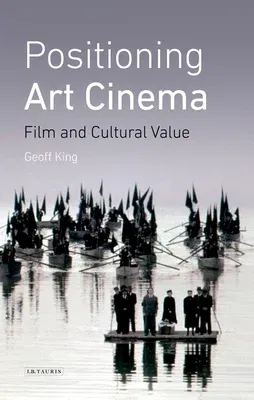From films that claim the status of harsh realism to others which embody
aspects of the tradition of modernism or the poetic, art cinema
encompasses a variety of work from across the globe. But how is art
cinema positioned in the film marketplace, or by critics and in academic
analysis? Exactly what kinds of cultural value are attributed to films
of this type and how can this be explained? This book offers a unique
analysis of how such processes work, including the broader cultural
basis of the appeal of art cinema to particular audiences.
Geoff King argues that there is no single definition of art cinema, but
a number of distinct and recurrent tendencies are identified. At one end
of the spectrum are films accorded the most 'heavyweight' status,
offering the greatest challenges to viewers. Others mix aspects of art
cinema with more accessible dimensions such as uses of popular genre
frameworks and 'exploitation' elements involving explicit sex and
violence. Including case studies of key figures such as Michael Haneke,
Pedro Almodóvar and Jean-Pierre and Luc Dardenne, this is a crucial
contribution to understanding both art cinema itself and the discourses
through which its value is established.

